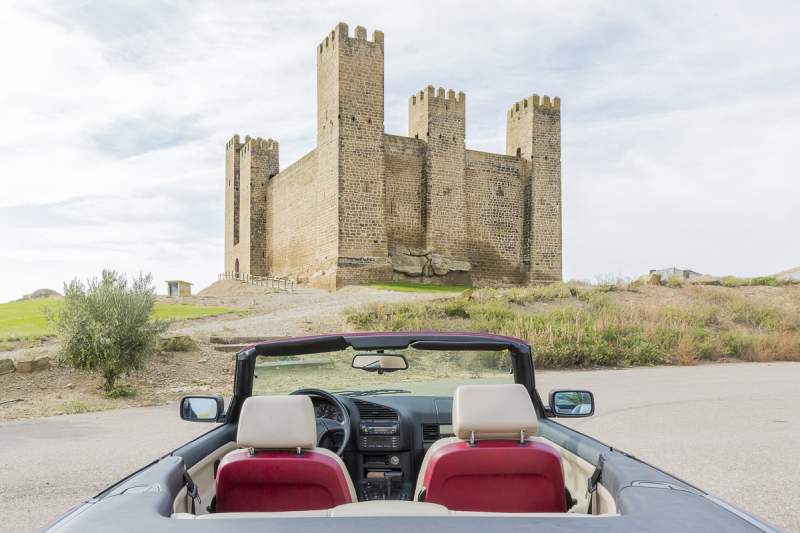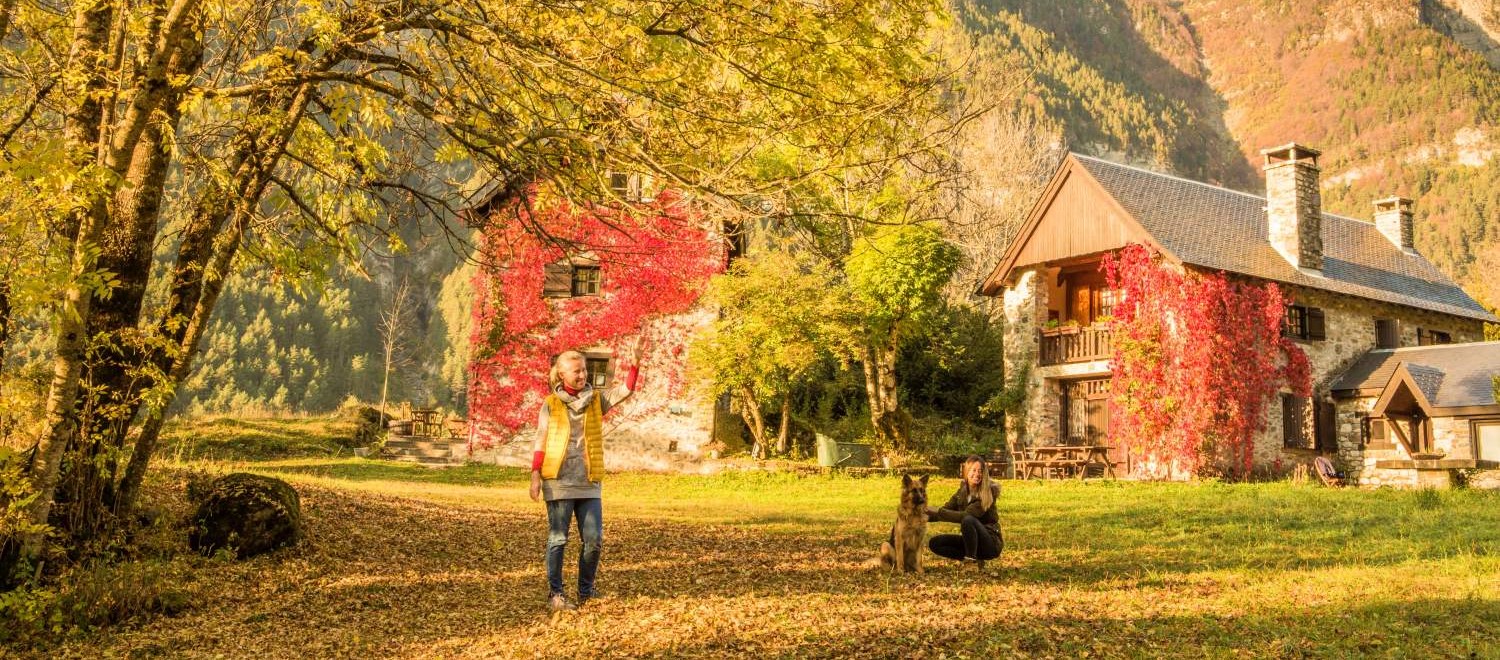River Aragón valley
Add to my travelFrom the highest peaks to the vivacious town of Jaca, the valley shows generosity in natural spaces, sport activities and a wide touristic infrastructure enhanced by good communications.
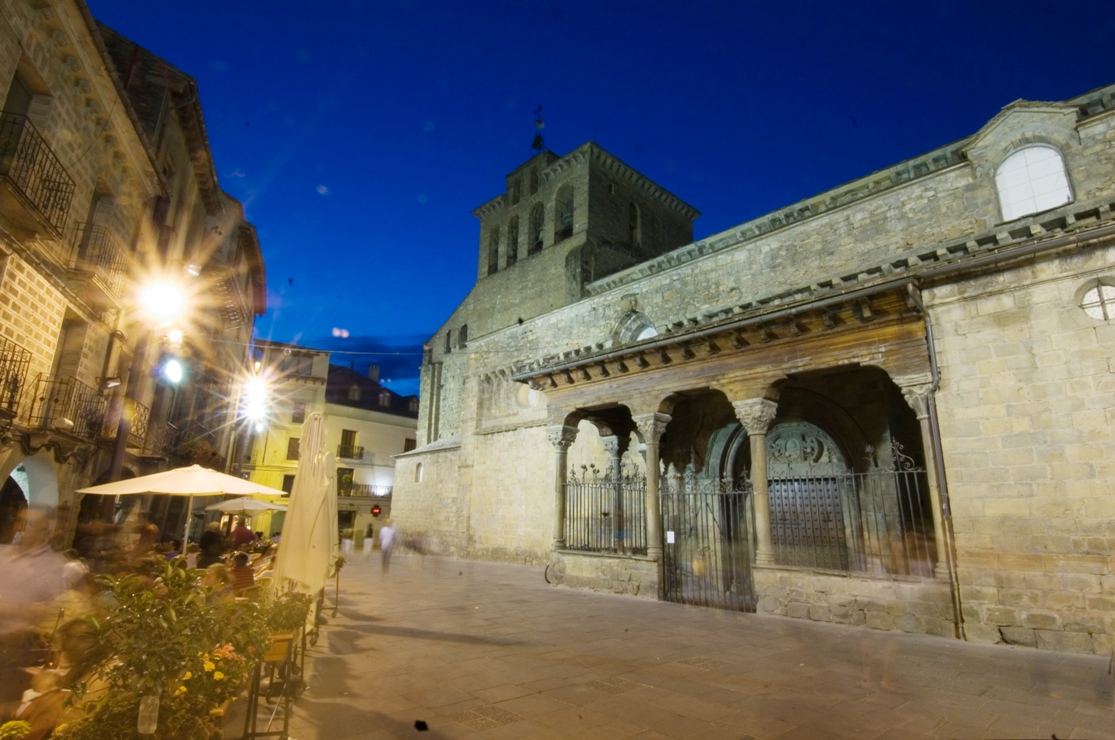
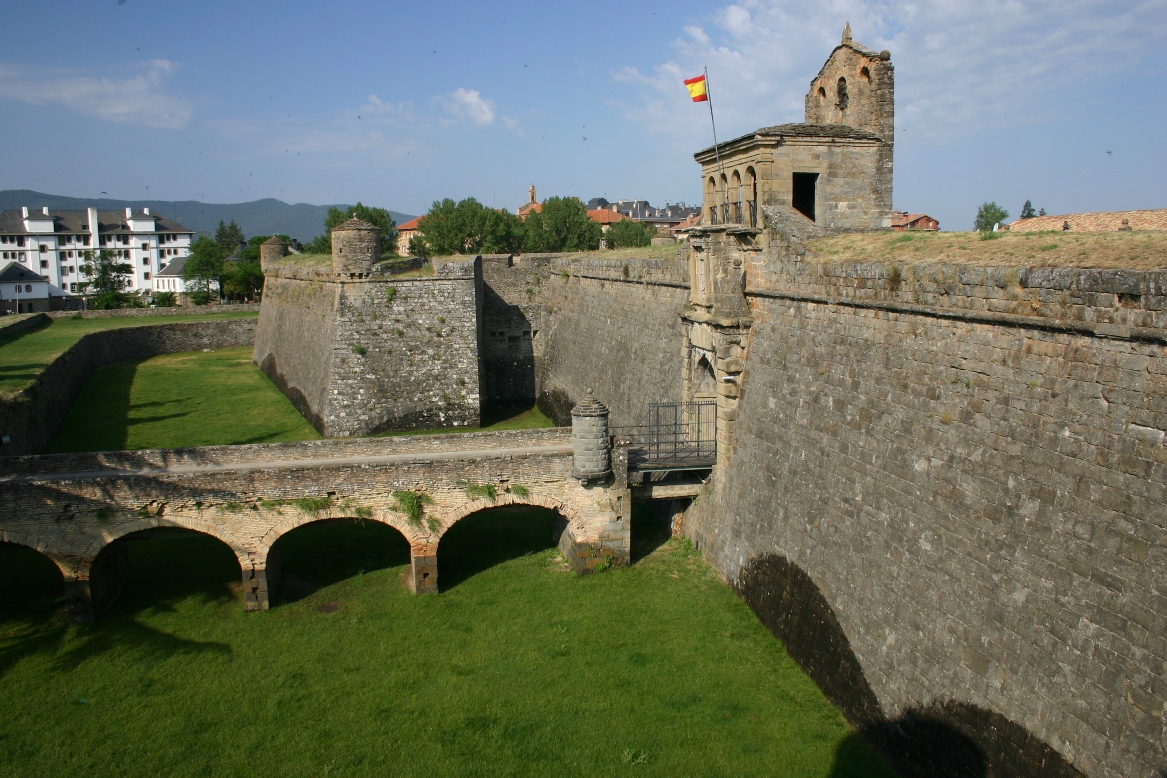
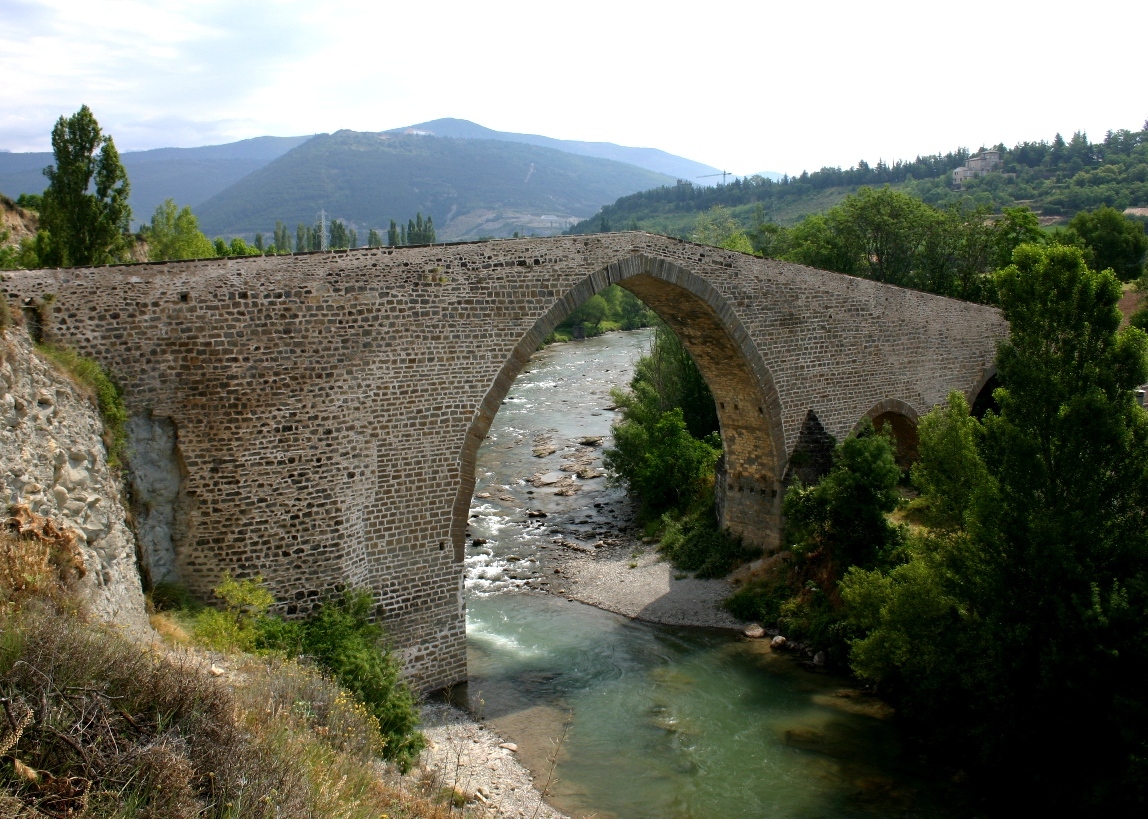
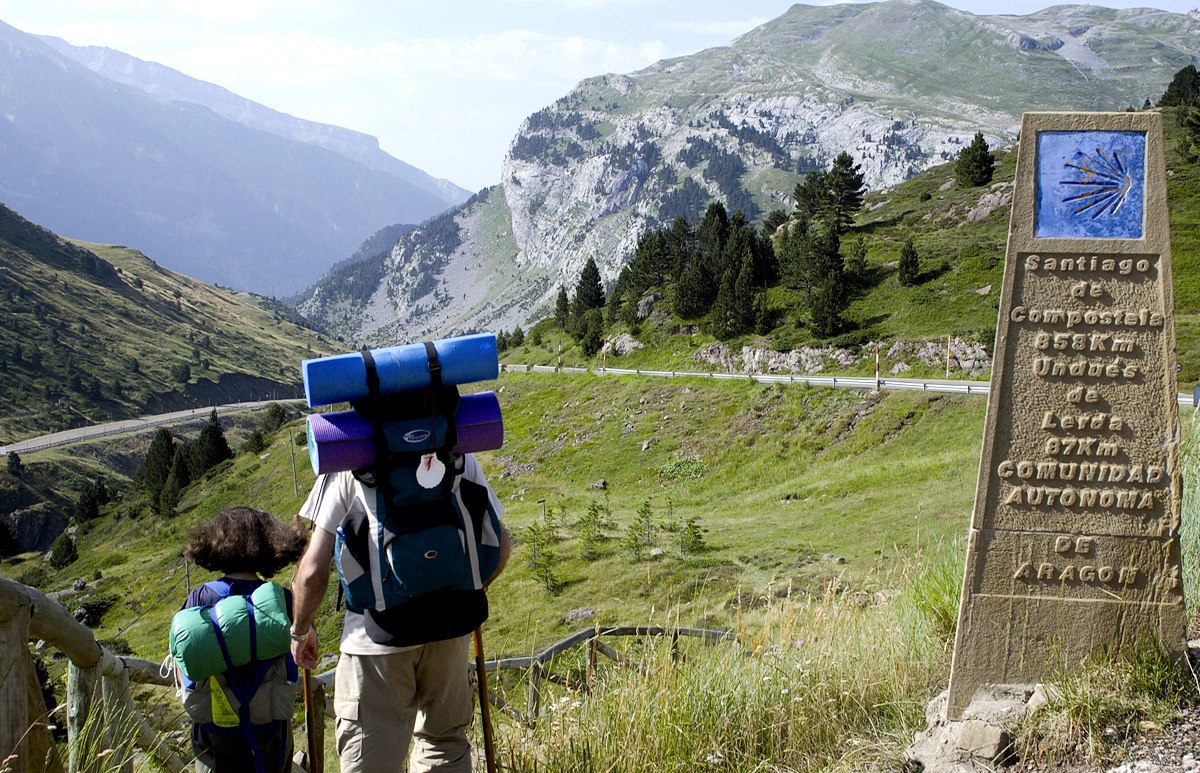
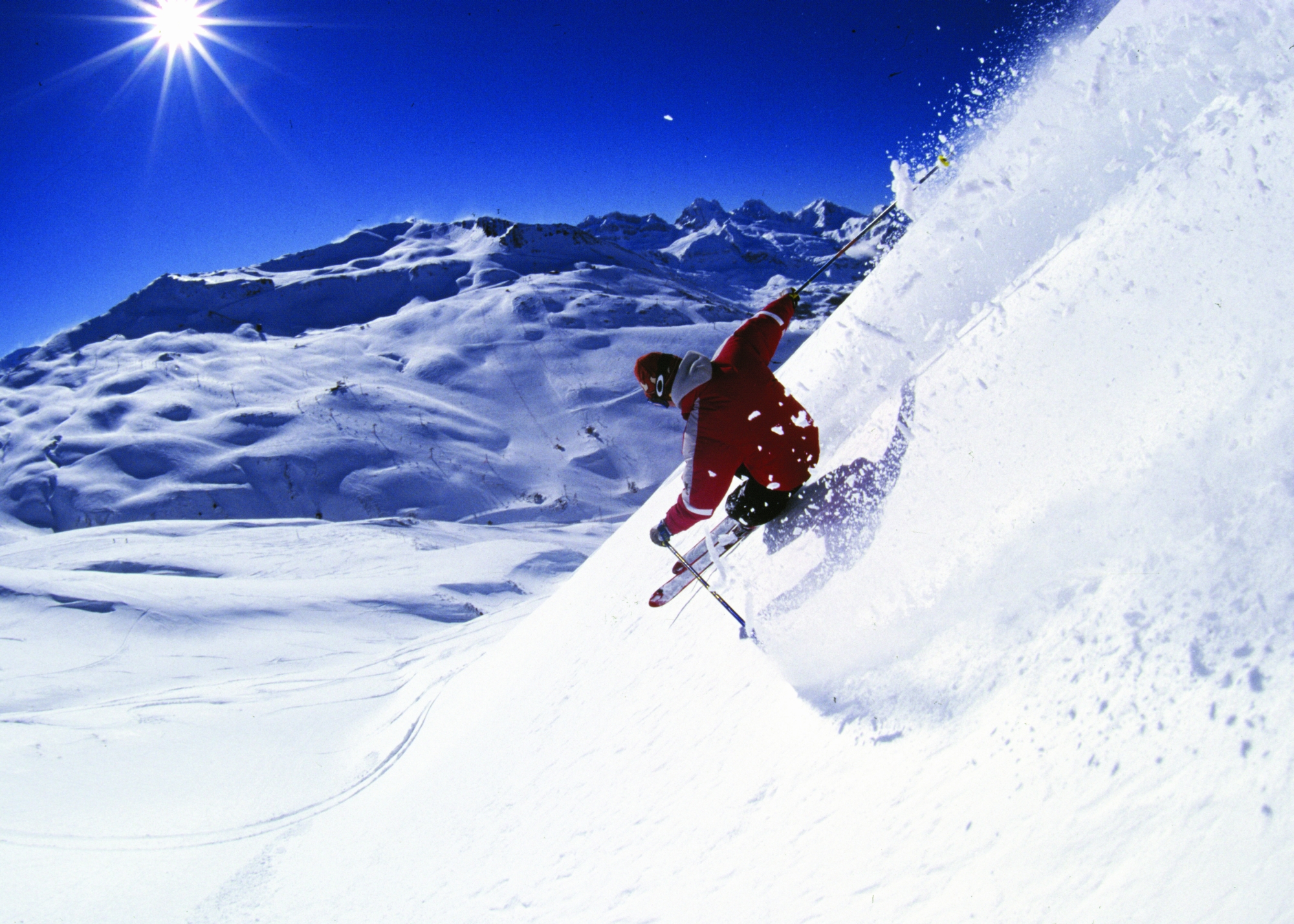
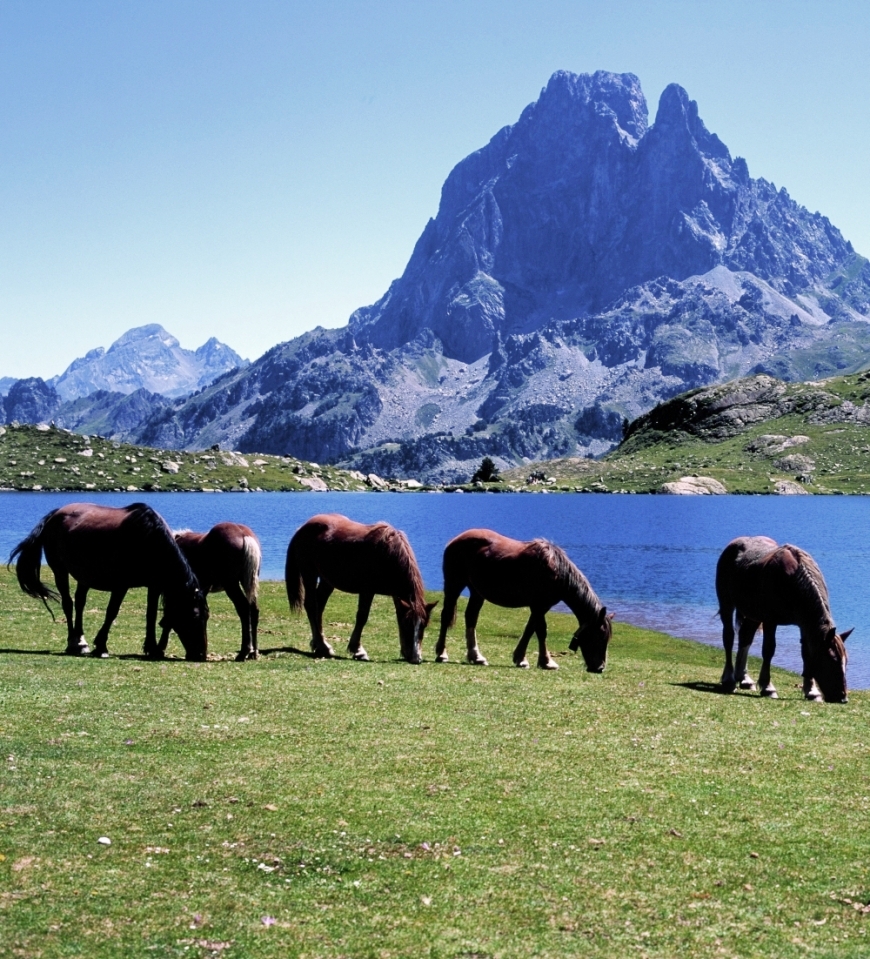
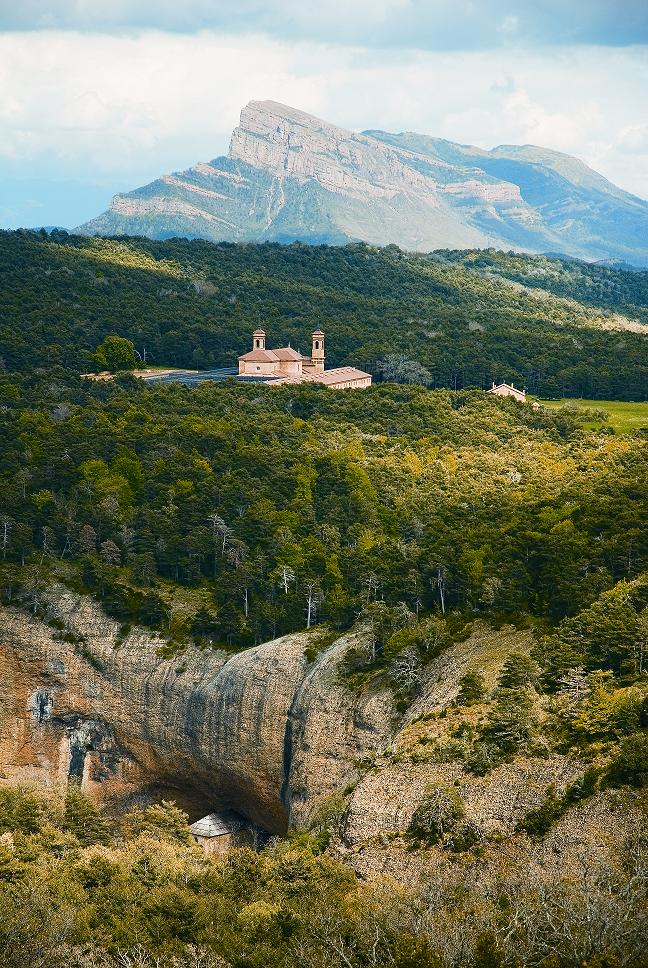
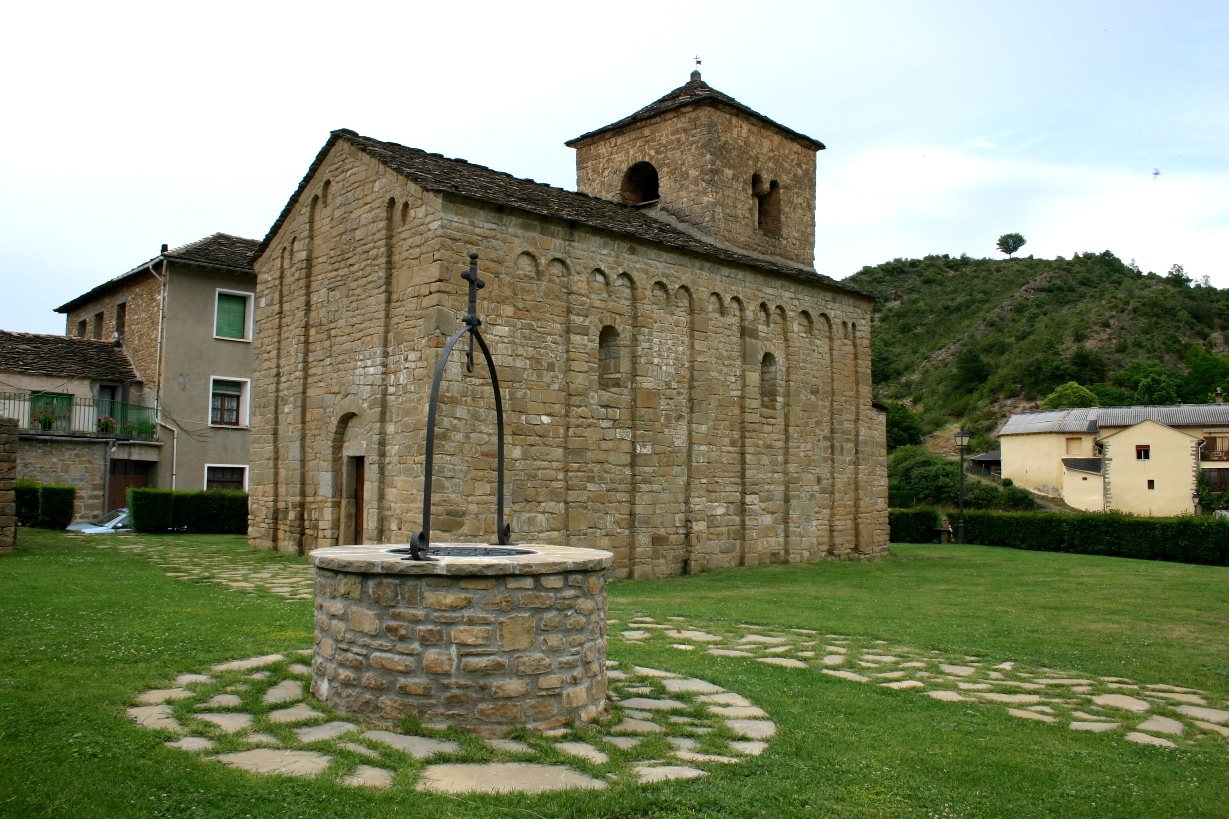
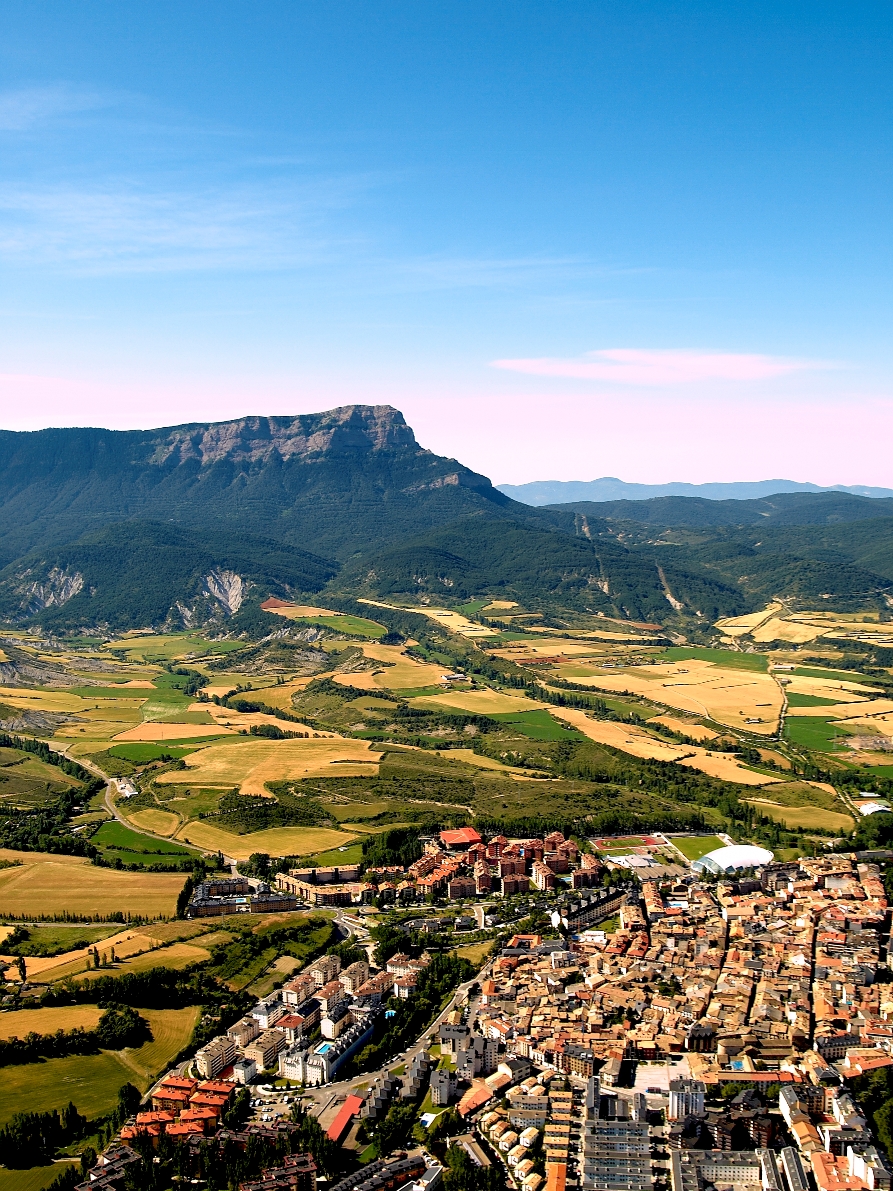
River Aragón’s valley is mostly visited due to the sports and leisure offer provided by its towns and villages all over the year.
One of them is Jaca. In the valley capital, countless attractions are to be found. Concerning heritage, the impressive Romanesque Cathedral and the Diocesan Museum can be named, both keeping splendid samples of medieval paintings. Another one is the fortress or ‘Ciudadela’, a magnificent defensive building set up at the end of the 16th century. Inside it there is an interesting Museum of military miniatures.
Other attractions in Jaca are its exquisite bakery, vivacious and crowded streets plenty of pubs and restaurants, Modernist buildings and the Ice-ring Palace, where having a great time in groups is not an option.
Up the river, near to Castiello de Jaca, La Garcipollera valley opens wide. A quiet spot, perfect for walks or biking and, above all, to watch the numerous deer living there. This valley hides, furthermore, the beautiful Romanesque chapel of Santa María de Iguácel.
Driving through Castiello de Jaca, the detour to Borau is on one side, a village which, along with Aísa, links the Aragón valley to the Western valleys. A stop-over in the first of them is highly recommendable, in order to visit the Romanesque church of San Adrián de Sasabe, one of the most important monuments and, at the same time, most unknown in the valley of the Aragón River.
Move on then to Villanúa, right below the Collarada Mountain, with its famous caves of the Witches ‘Cuevas d’as Güixas’. Around this village some megalithic dolmens can still be spotted.
A few miles from the border with France, the massive Canfranc International Train Station will take you the early 20th century, its ‘belle époque’.
Further on, the road leads you up to Somport, the Pyrenees border to France, and the famous ski resorts of Candanchú first and then Astún. Their green fields are the starting point to unforgettable high mountain one-day trips, along the Santiago’s Road in Aragón coming up from France, and then down on through the valley of the River Aragón.
Let’s go now back to Jaca and down the valley, where the visit to the charming village of Santa Cruz de la Serós is a must.
From here on the road goes up towards the old Monastery of San Juan de la Peña, master piece of Romanesque which melts with a surprising scenery, under the shelter of a massive rock. One step further, in San Indalecio meadow the new Monastery is erected, Baroque-style, with two centres of interpretation. A short promenade will lead you to the Pyrenees Balcony, where you will enjoy a beautiful paramount of the mountains.
Back to the valley of the River Aragón, the way crosses Santa Cilia, where the palace of El Priorato must be mentioned. Several miles further Puente La Reina de Jaca appears on the horizon, and whose current 19th century bridge replaced the prestigious older one which baptized the town.
Heading the valley widening, called ‘A Canal de Berdún’ you arrive in Arrés, crowned by a 16th century church and a defense tower. Leaving Arrés behind, on the left side of the river Aragón, some really interesting villages progressively come across: Martes, with its evoking medieval atmosphere, Mianos and Artieda.
Then, comes Ruesta, with a rich past made clear through its medieval towers, the Jewish suburb, churches, and old manor houses. The last part of the journey still in Aragón leads to Undués de Lerda, another singular village. These last four villages belong to the province of Zaragoza.

